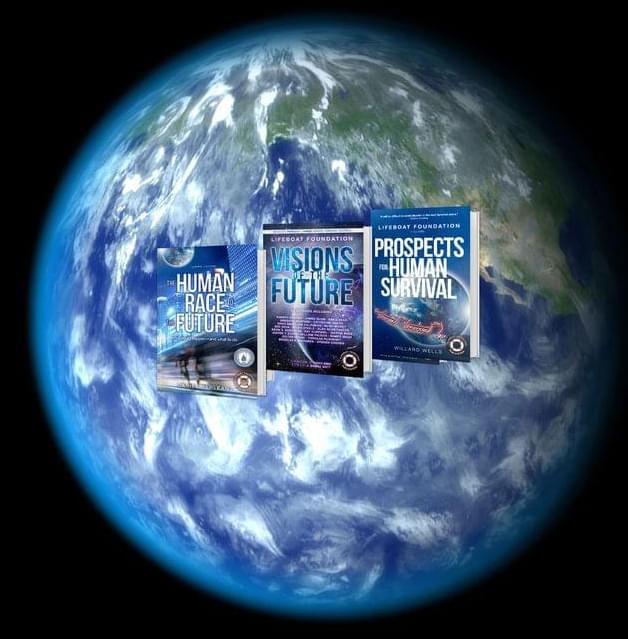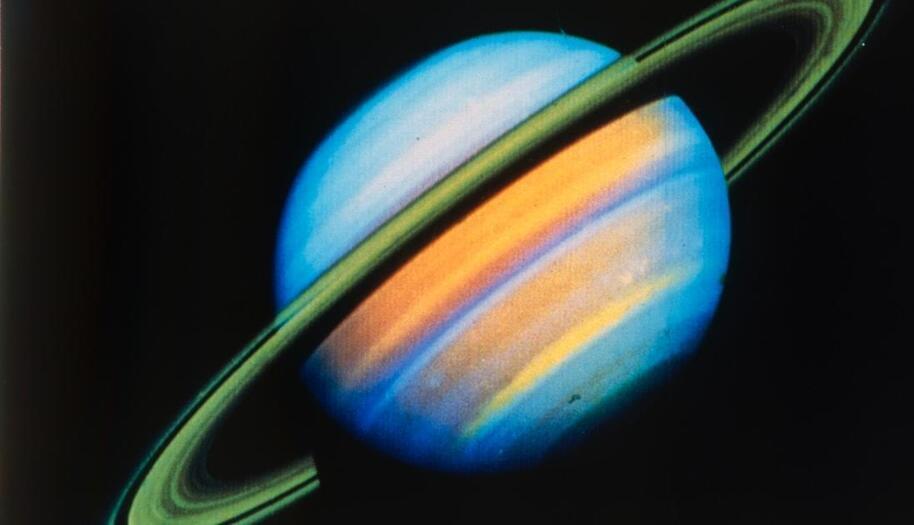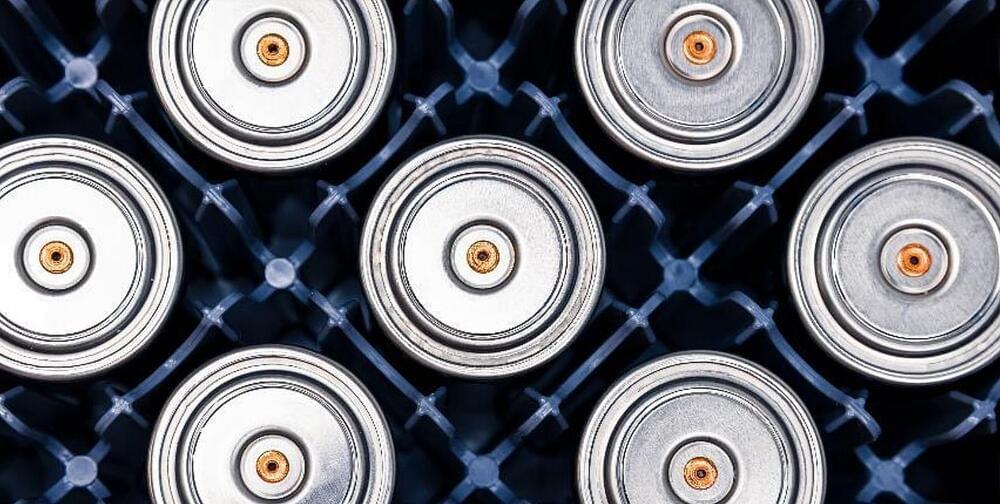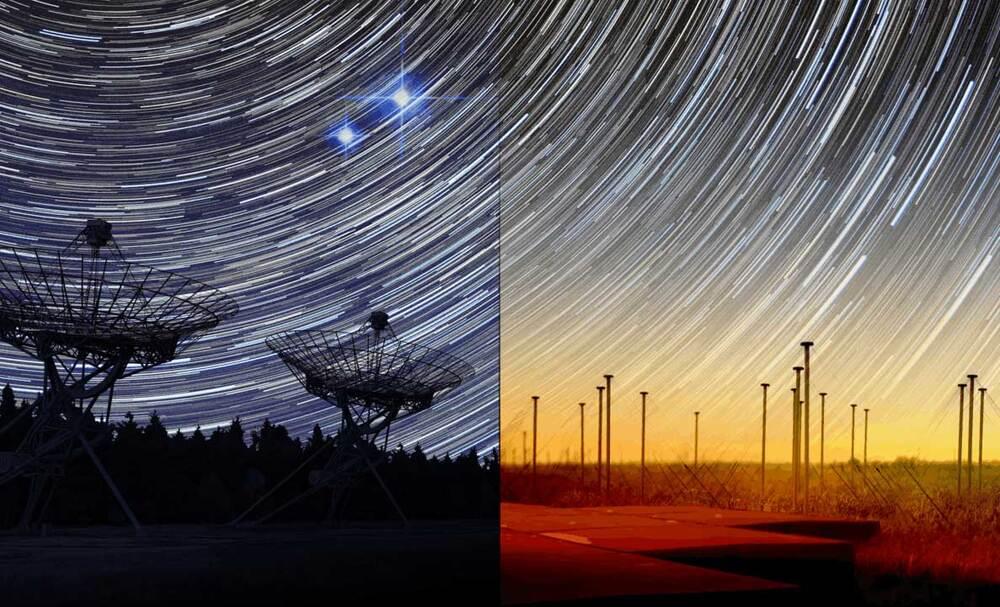Page 5004
Aug 28, 2021
Scientists propose a novel approach to treating Alzheimer’s disease and other related diseases
Posted by Nicholi Avery in categories: biotech/medical, neuroscience
Aug 28, 2021
SpaceX Starlink will get cheaper after one change that’s coming soon
Posted by Atanas Atanasov in categories: internet, satellites
Starlink, SpaceX’s satellite-powered internet service, is about to reduce its costs for a key component.
Starlink, SpaceX’s satellite internet service, is about to reduce its costs for a key component, president Gwynne Shotwell revealed at the Space Symposium.
Aug 28, 2021
In 1981, Voyager 2’s visit to Saturn completely changed the hunt for aliens
Posted by Atanas Atanasov in category: alien life
The hunt for habitable worlds owes a debt to this moment in planetary science history.
It’s the 40th anniversary of the Voyager 2 flyby of Saturn, which has informed every NASA mission to the ringed gas giant since.
Aug 28, 2021
Tesla’s 4680 battery cell pilot production line hits 70–80% yield: report
Posted by Chima Wisdom in categories: Elon Musk, energy, sustainability, transportation
Tesla has a number of programs that have the potential to change markets, and one of these is arguably the 4,680 cells. Created using a dry electrode process and optimized for price and efficiency, the 4,680 batteries could very well be the key to Tesla’s possible invasion of the mainstream auto and energy market. If Tesla pulls off its 4,680 production ramp, its place at the summit of the sustainable energy market would be all but ensured.
Unfortunately, Tesla’s publicly disclosed target for the 4,680 cells’ production ramp appears to have been made on “Elon Time.” This means that during Battery Day last year, Tesla’s target of hitting a capacity of 10 GWh by late September2021included some optimistic assumptions. Similar to other projects like Elon Musk’s Alien Dreadnaught factory, however, the pilot production of the 4,680 cells have met some challenges.
Tesla admitted to these difficulties during the Q22021earnings call, when Elon Musk explained that one of the main challenges in the 4,680 cell production ramp was related to the batteries’ calendaring, or the process when the dry cathode material is squashed to a particular height. Partly due to the use of nickel in the 4,680 cells, which are extremely hard, some of the calendar rolls end up being dented.
Aug 28, 2021
The World’s Biggest Wind Turbine Is Being Built in China
Posted by Chima Wisdom in category: sustainability
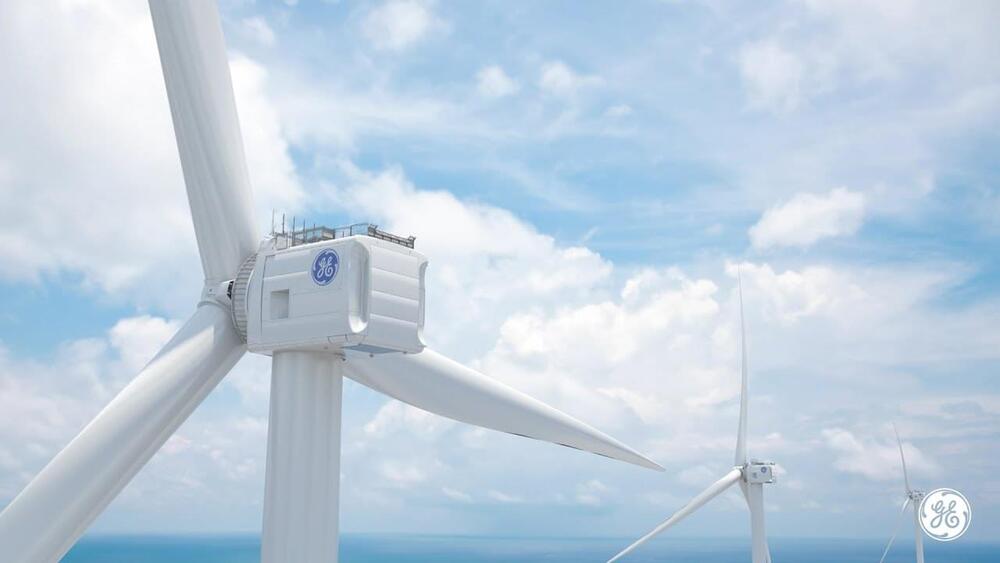
The turbine will be taller than the GE building in New York’s Rockefeller Center, and each of its blades longer than an American football field.
Aug 28, 2021
New observations challenge popular radio burst model
Posted by Chima Wisdom in category: space
Strange behavior caught by two radio observatories may send theorists back to the drawing board.
Fourteen years ago, the first fast radio burst (FRB) was discovered. By now, many hundreds of these energetic, millisecond-duration bursts from deep space have been detected (most of them by the CHIME radio observatory in British Columbia, Canada), but astronomers still struggle to explain their enigmatic properties. A new publication in this week’s Nature “adds a new piece to the puzzle,” says Victoria Kaspi (McGill University, Canada). “In this field of research, surprising twists are almost as common as new results.”
Most astronomers agree that FRBs are probably explosions on the surfaces of highly magnetized neutron stars (so-called magnetars). But it’s unclear why most FRBs appear to be one-off events, while others flare repeatedly. In some cases, these repeating bursts show signs of periodicity, and scientists had come up with an attractive model to explain this behavior, involving stellar winds in binary systems.
Aug 28, 2021
Cerebras Upgrades Trillion-Transistor Chip to Train ‘Brain-Scale’ AI
Posted by Chima Wisdom in categories: innovation, robotics/AI
Much of the recent progress in AI has come from building ever-larger neural networks. A new chip powerful enough to handle “brain-scale” models could turbo-charge this approach.
Chip startup Cerebras leaped into the limelight in2019when it came out of stealth to reveal a 1.2-trillion-transistor chip. The size of a dinner plate, the chip is called the Wafer Scale Engine and was the world’s largest computer chip. Earlier this year Cerebras unveiled the Wafer Scale Engine 2 (WSE-2), which more than doubled the number of transistors to 2.6 trillion.
Now the company has outlined a series of innovations that mean its latest chip can train a neural network with up to 120 trillion parameters. For reference, OpenAI’s revolutionary GPT-3 language model contains 175 billion parameters. The largest neural network to date, which was trained by Google, had 1.6 trillion.
Aug 28, 2021
An ‘Uncrashable’ Car? Luminar Says Its Lidar Can Get There
Posted by Chima Wisdom in categories: robotics/AI, transportation
As a recent New York Times article highlighted, self-driving cars are taking longer to come to market than many experts initially predicted. Automated vehicles where riders can sit back, relax, and be delivered to their destinations without having to watch the road are continuously relegated to the “not-too-distant future.”
There’s not just debate on when this driverless future will arrive, there’s also a lack of consensus on how we’ll get there, that is, which technologies are most efficient, safe, and scalable to take us from human-driven to computer-driven (Tesla is the main outlier in this debate). The big players are lidar, cameras, ultrasonic sensors, and radar. Last week, one lidar maker showcased some new technology that it believes will tip the scales.
Continue reading “An ‘Uncrashable’ Car? Luminar Says Its Lidar Can Get There” »


